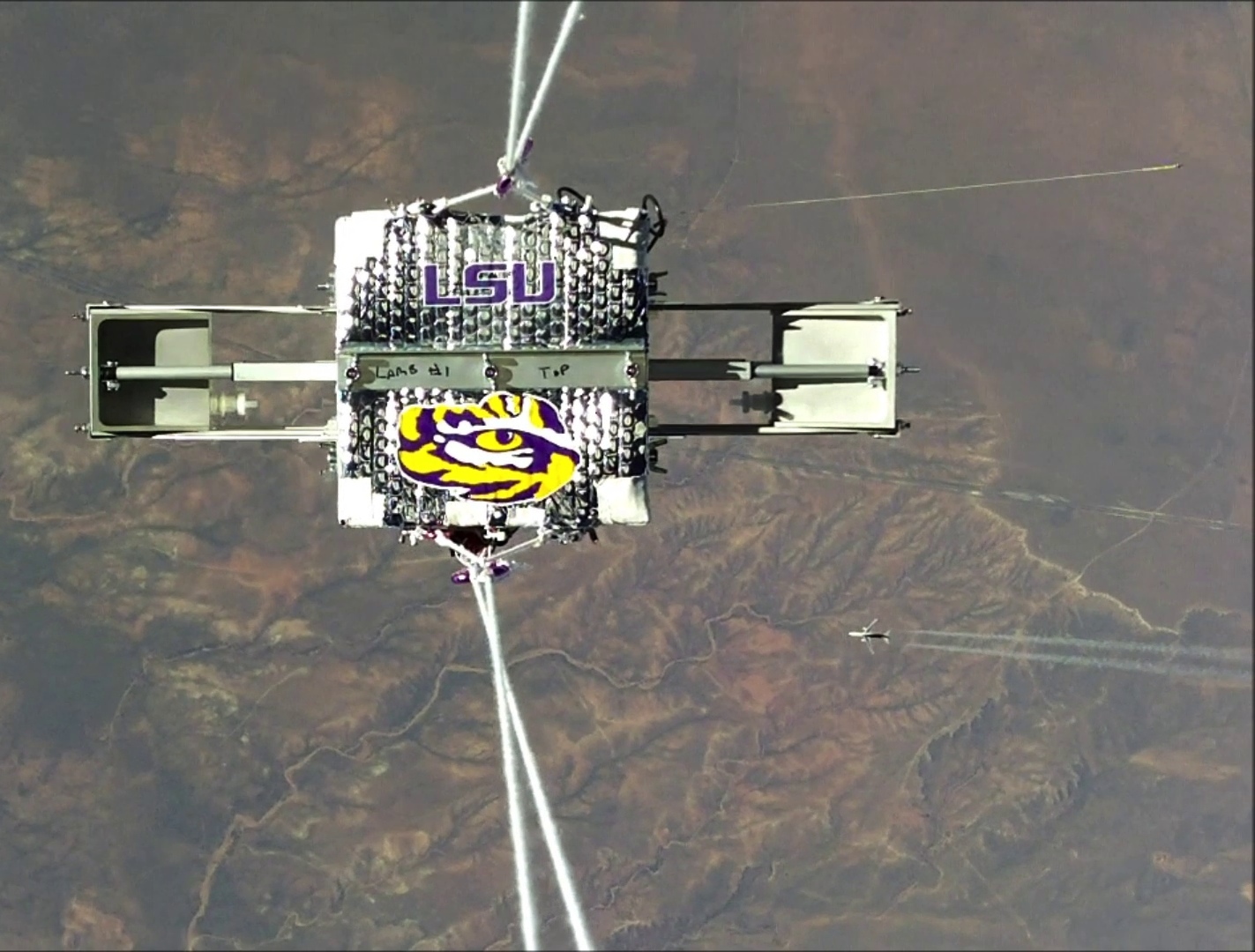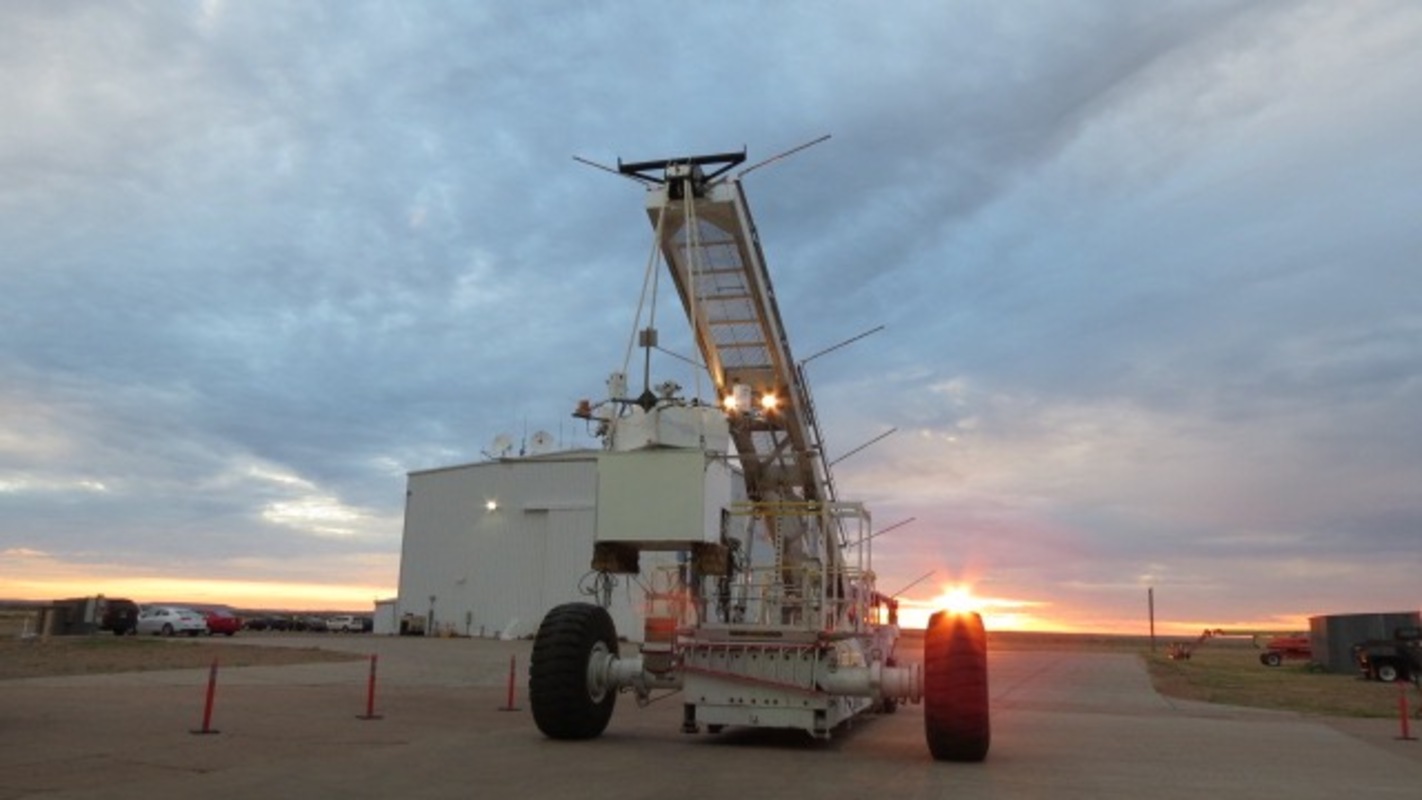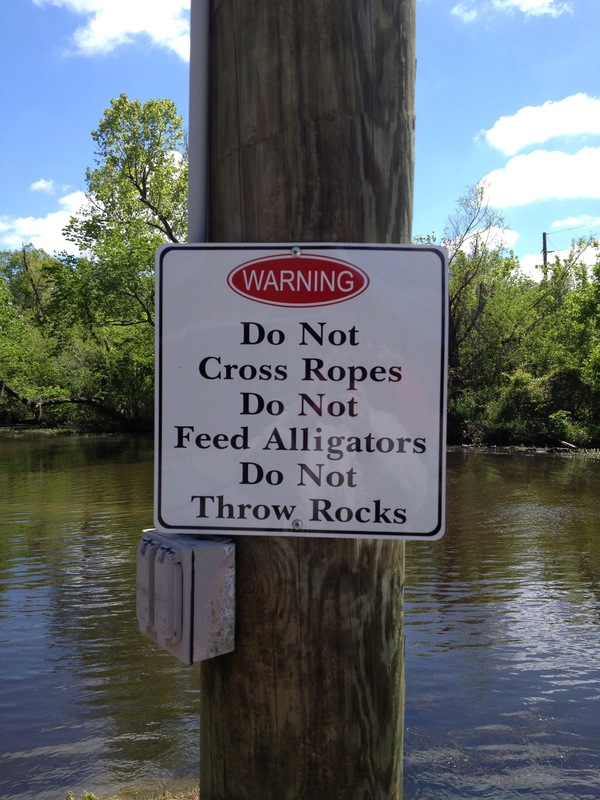Interview with Noelle Bryan: atomospheric microbiology
How far would you go to recover your payload? Would you take a chance in alligator infested waters? That is exactly what Noelle Bryan did while searching Lake Pontchartrain, Louisiana for her missing payload. In fact, HABs have taken her on several adventures during her quest to understand the microbiology of the stratosphere.

On September 9th, 2015, Huan and Dustin from HAB.education got a chance to chat with Noelle, a researcher at Louisiana State University. We came away from the conversation shocked at how many basic questions are only now seemingly answerable, all due to new methods developed through teamwork. Very soon, we hope to know a great deal more about the diversity, abundance, and extent of microbes living in conditions previously thought to be uninhabitable! In fact, the extremely cold, dry, low-pressure, high-radiation environments are similar to those found on Mars. Further research of these microbes may help us answer where life is lurking on other planets and even how it originated here on earth .

While research on microorganisms near earth’s surface has been well established both horizontally and temporally (e.g. seasonal, diurnal, pre- and post- storm sampling), little is known about what lives at higher altitudes and their impact on an atmospheric processes scale. Due to possible contamination during flight, certainty regarding sampling from the stratosphere has been limited. Noelle, along with other researchers, have worked hard to ensure what they are capturing is indeed from their target altitudes, publishing their method in December 2014.
They have helped standardize a working payload and sample analysis protocol so future flights can make direct comparisons between different places and time periods. Bryan says, “One of the purposes of the payload paper is to put forth the design and electronics and programming… [for] people to take and repeat and verify.”

While the package comes in at under $5,000 USD and requires maximally 10 people to help launch, it may be just out of reach for many amateur groups to get on board. However, there are several funding agencies that could potentially help make more flights a reality for citizen scientists.
Critical to their achievement was the collaboration between people from traditionally disparate fields. Expertise in physics, astronomy, environmental microbiology, engineering, statistics, and paleoclimatology was needed to ensure the collection of meaningful data. Yet, with all this help, they faced some of the same problems all HAB enthusiasts share. Landing and recovery has resulted in some particularly funny stories. In addition to when Noelle searched Lake Pontchartrain with the aid of alligator farmers, on another flight, she waited 8 hours in a pine forest before getting clearance to cut down a tree. First, the owners had to be contacted in Japan! With about 20 flights, Noelle and her team have managed to land in everything from rice paddies to cow patties. But despite these unusual landings, they have recovered all their payloads except for one. That one now belongs to the alligators.

“With all of your crazy landings, do you have any plan to add features to steer out of trouble?” asked Huan. Think quadcopter.
Noelle replied, “The most important next design is a UV sensor.” Surprisingly, there is little known about what UV does as you go up. Sensors exist, but they are very sensitive to the angle of light. A sun tracking platform is needed to point the sensor at the sun while measuring UV.
Because UV is thought to be one of the major factors hindering life in the stratosphere, accurate UV measurements could answer how the microbes are surviving. If they can undergo metabolism, growth, or replication independent of Earth’s surface, perhaps we should start looking at the atmosphere of nearby planets when searching for life. Based on previous reports, Noelle and colleagues hypothesize that a very small amount of dust can help shield the microbes from harmful UV rays. Also, some microbes form a protective endospore shield when under stress. Other microorganisms, like Deinococcus radiodurans, have extremely efficient DNA repair mechanisms to deal with UV-induced DNA damage. Life finds a way.
To better understand how radiation effects microbes, next Noelle plans to test isolates by exposing them to different durations of desiccation and UV radiation. Of course, she wants to test these bacteria in their hostile, yet natural environment. And to do that, she plans to continue to use HABs to explore the biology of the atmosphere.